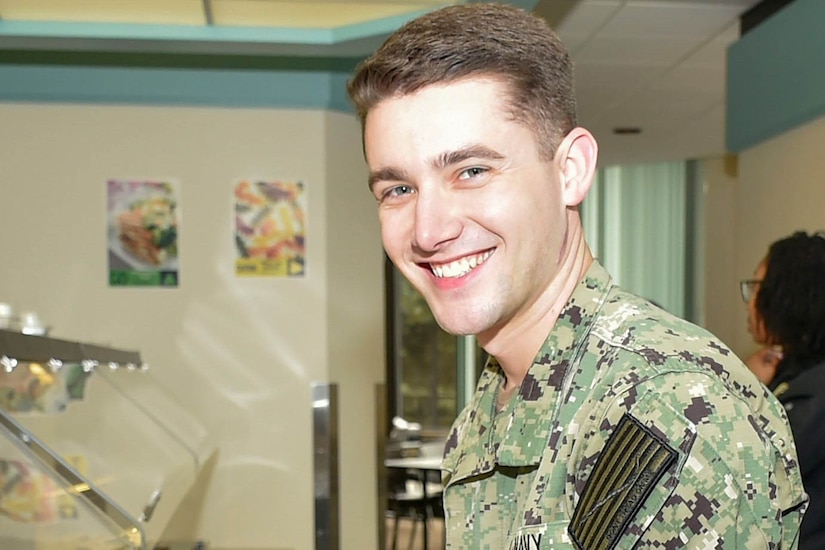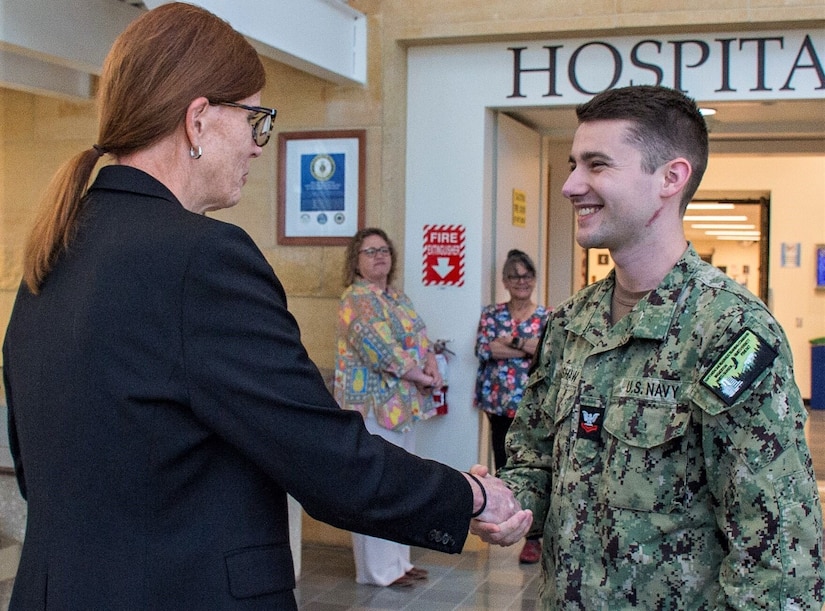Restoring the Warrior Ethos through Behavioral Health
The Department of Defense considers restoring the warrior ethos across the military one of its core priorities. Ensuring service members are in good mental health is crucial for maintaining readiness and focus on upcoming missions. Returning a trained, active-duty service member to fighting shape is more efficient than training someone new, making behavioral health a growing field within the military.
Navy Petty Officer 2nd Class Cade Crenshaw, a hospital corpsman and leading petty officer for the mental health department and Substance Abuse Rehabilitation Program at Naval Hospital Bremerton, Washington, has been working as a behavioral health technician for five years. Crenshaw’s role involves working directly with patients, a responsibility typically reserved for licensed professionals.

Crenshaw’s journey into behavioral health began after joining the Navy. At Hospital Corps “A” School in San Antonio, he discovered mental health as a career option and pursued it further. “I always knew I wanted to do something medical after high school when I joined the Navy,” Crenshaw explained. He is currently working toward his bachelor’s degree in psychology and plans to commission as an officer to continue serving in this field.
Crenshaw underwent a five-month training program at Joint Base San Antonio to become a behavioral health technician. The program included clinical experience at a civilian inpatient facility during the final month. Now, he works directly with patients under the supervision of licensed providers.
The Navy is seeing a growing interest in behavioral health careers, with more personnel wanting to become behavioral health technicians. This growth is part of a broader effort to normalize discussions around mental health and reduce associated stigmas. “We’re continuing to [eliminate the stigma] and get it out there that mental health isn’t this taboo subject — that it’s OK to say that you’re not OK,” Crenshaw said.

Naval Hospital Bremerton’s mental health program is notable for its technician-led groups, where behavioral health technicians like Crenshaw lead therapy sessions under the supervision of licensed providers. These group sessions are conducted in a classroom setting, allowing participants to engage at their comfort level.
One success story involved a service member struggling with high anxiety who, after 10-12 sessions, was able to return to full duty and successfully transition to their next duty station. Such outcomes highlight the program’s effectiveness in supporting service members’ mental health.
For those who may be struggling, Crenshaw offers this advice: “If you start to notice that somebody is not doing so great … ask the tough questions. Just have a simple conversation. Mental health — you don’t have to have full, hands-on training to have a conversation. Talk to your friends, be there for them, check up on them, and just be available.”
The Navy’s approach to behavioral health includes embedding mental health teams with various units, such as aircraft carriers and submarines. These teams provide critical support during deployments, ensuring sailors have access to mental health resources when needed.
As the Navy continues to prioritize behavioral health, service members like Crenshaw are at the forefront of these efforts, working to create a culture where seeking mental health support is normalized and encouraged.

